| Structure | Name/CAS No. | Articles |
|---|---|---|
 |
Methanol-d4
CAS:811-98-3 |
|
 |
Methanol
CAS:67-56-1 |
|
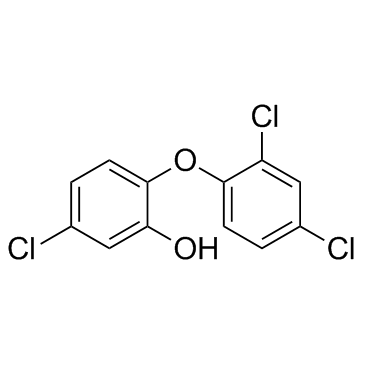 |
Triclosan
CAS:3380-34-5 |
|
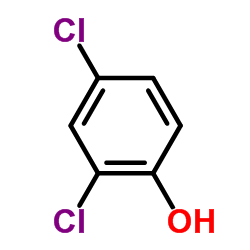 |
2,4-Dichlorophenol
CAS:120-83-2 |
|
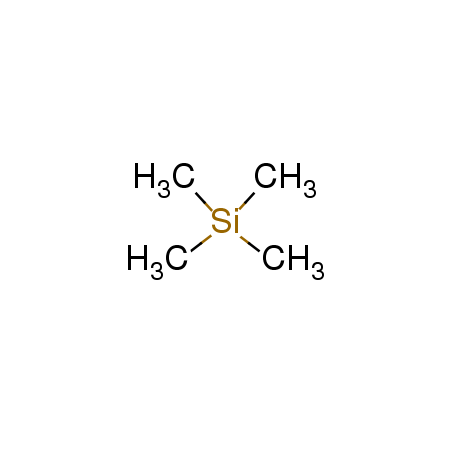 |
TMS
CAS:75-76-3 |
|
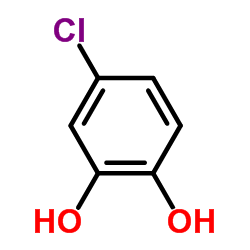 |
4-Chlorocatechol
CAS:2138-22-9 |
|
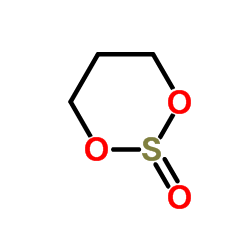 |
1,3,2-Dioxathiane 2-oxide
CAS:4176-55-0 |